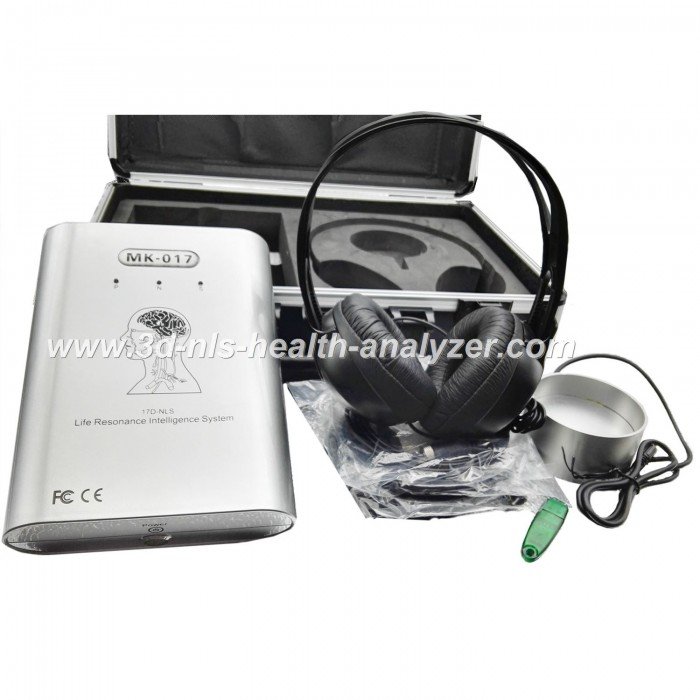biofeedback pregnancy



What biofeedback pregnancy?

Although biofeedback is harmless, your health care professional will want to do a thorough exam related to your condition. This gives a better understanding of the causes of your medical condition and guides the biofeedback therapist in developing an appropriate treatment plan. In addition, the physiological testing that is done before beginning treatment can help you measure your progress as you proceed with treatment.

Biofeedback is generally not a substitute for conventional medical treatment. Rather, it should be used with any other therapies prescribed by your health care professional.
Overall, biofeedback is safe: It is noninvasive and generally has no side effects. However, if you are deeply apprehensive, be sure to discuss your concerns with the therapist. A healthy dose of skepticism and interest in the details of your care should be welcome. If a therapist doesn’t answer your questions, seek another therapist. Ultimately, you don’t have to believe in biofeedback for it to work. But you will have to practice the techniques to discover whether or not they are effective for you. Biofeedback requires that you be a responsive participant in the process.
Whether biofeedback works for you depends on your particular condition and your ability to learn from the feedback you receive. The amount of time you commit to helping your body and mind make the necessary changes is crucial. Once a commitment is there, change will take place, but the extent will depend on the severity of your complaint and the ability of your body to make the necessary changes.

Biofeedback is a relatively new technique. It was developed in the 1940s and is becoming more prevalent as its usefulness becomes clearer. The link between the mind and body is generally accepted by health professionals and society at large now. We realise now that stress and anxiety can have a massive impact on physical health and many people use techniques such as yoga and meditation to relieve the stresses and strains of life and promote wellness. Biofeedback takes these concepts a step further and works to train people how to gain control of normally involuntary functions such as heart rate and blood pressure.

EEG biofeedback is a specialized type of biofeedback that measures brain wave activity. It may help patients with attention deficit hyperactivity disorder (ADHD), addiction, anxiety, seizures, depression, and other types of brain condition.
During a biofeedback session, the therapist attaches electrodes to the patient’s skin, and these send information to a monitoring box. The therapist views the measurements on the monitor, and, through trial and error, identifies a range of mental activities and relaxation techniques that can help regulate the patient’s bodily processes.
What It can do for you?
During pregnancy, biofeedback can help you stave off the headaches that plague so many women, especially during the first trimester. It can also be a safe and effective partner to Kegel exercises in preventing urinary incontinence, which is pretty troublesome during pregnancy when there’s a baby dancing on your bladder. Other pregnancy symptoms that may be alleviated by biofeedback include insomnia, morning sickness, depression, anxiety, and stress.
And while there are no guarantees that relaxation and stress reduction alone will keep you from developing preeclampsia and other blood-pressure disorders, research shows that biofeedback is a safe and effective way to at least attempt to keep blood pressure down and stop these conditions in their tracks.

How to work biofeedback pregnancy?
Biofeedback starts by using monitoring equipment to let you see and start to understand the way that your body works. The therapy begins with sensors and electrodes being attached to the skin. These measure key bodily functions such as temperature, heart rate, brain waves, sweating and blood pressure and can show the changes in these functions when placed in a state of stress. The therapist then uses various techniques to help positively affect these bodily functions and bring them under control.
What therapies are used to encourage the body to relax more?



Sale Cousultant : Mrs Lucy | Sale Consultant : Mr Mark |











